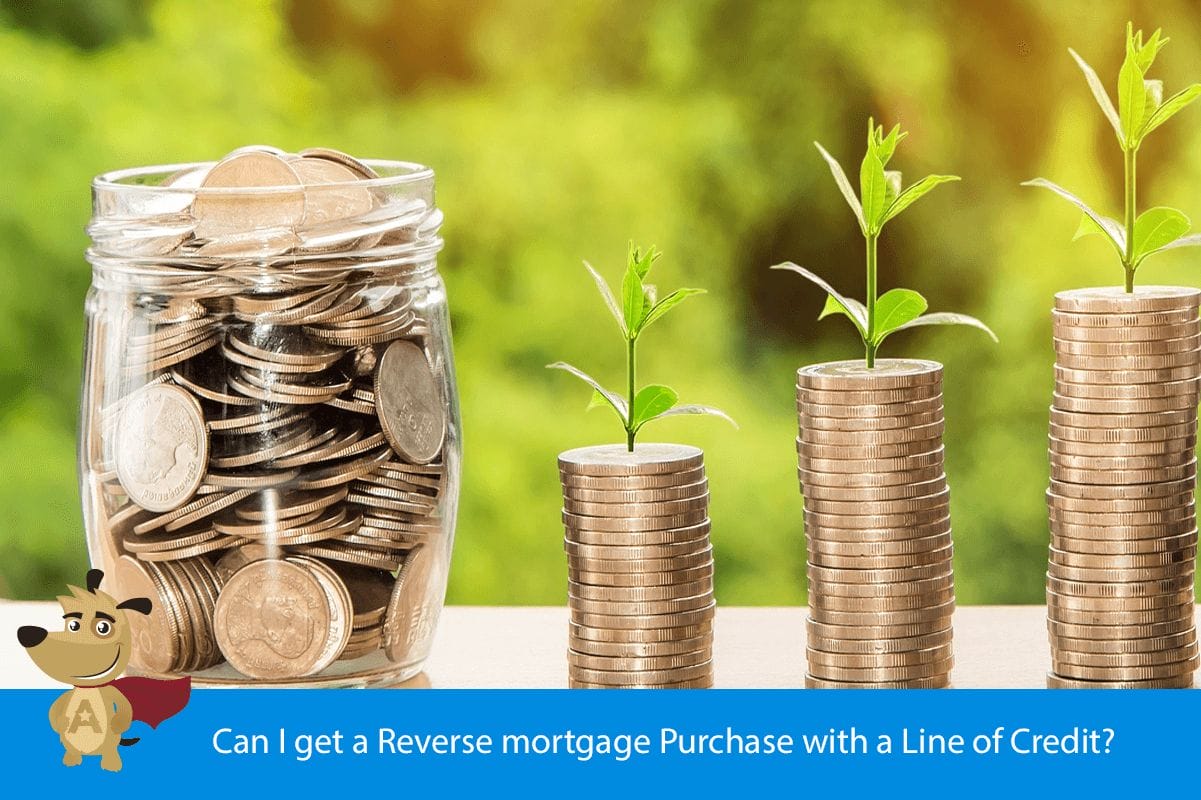Can I get a Reverse mortgage Purchase with a Line of Credit?
 |
Michael G. Branson, CEO of All Reverse Mortgage, Inc., and moderator of ARLO™, has 45 years of experience in the mortgage banking industry. He has devoted the past 20 years to reverse mortgages exclusively. (License: NMLS# 14040) |
 |
All Reverse Mortgage's editing process includes rigorous fact-checking led by industry experts to ensure all content is accurate and current. This article has been reviewed, edited, and fact-checked by Cliff Auerswald, President and co-creator of ARLO™. (License: NMLS# 14041) |
I am close to 62 years old and am looking to purchase a home with a reverse mortgage. After escrow is closed, will I get either a line of credit or payments for this transaction?
When using a reverse mortgage to purchase a home, most borrowers use all their eligible funds to complete the purchase, which means there are typically no funds left over to create a line of credit or receive monthly payments.
Let’s say you’re 62 years old and are buying a home using today’s reverse mortgage programs. The HECM LIBOR program offers the most funds. Based on your age, the area where you’re buying, and typical fees, you would need to bring about $147,350 to the closing. This amount would cover your fees and down payment, allowing you to use all the reverse mortgage proceeds to buy the property.
The reverse mortgage would then cover the rest of the purchase price, but there wouldn’t be any money left over for a line of credit.
If you want to have funds available in a line of credit or receive payments later, you would need to contribute more of your own money at closing and use less of the reverse mortgage proceeds. For example, if you brought $247,350 to the closing, you’d use $100,000 less of the reverse mortgage funds, leaving that amount available for a line of credit or future payments.
However, most borrowers choose to use all the available proceeds for the purchase, which means there’s nothing left for a line of credit or future payments, but you would have the extra $100,000 in your pocket that you didn’t need to bring to closing.
There are two important things to keep in mind. First, if you opt for a fixed-rate reverse mortgage, it’s a closed-end loan, meaning once you receive the funds, you cannot borrow anymore, even if you pay down the loan later. In other words, you only get one shot at accessing the funds.
Understanding these details can help you make the best decision for your financial situation and ensure you’re comfortable with your retirement plans.
To get an estimate tailored to your situation, try our Reverse Mortgage Purchase Calculator. It’s a quick and easy way to see how much you might need to bring to closing and how much you could qualify for with a reverse mortgage.




 Michael G. Branson
Michael G. Branson Cliff Auerswald
Cliff Auerswald


Have a Question About Reverse Mortgages?
Over 2000 of your questions answered by ARLO™
Ask your question now!